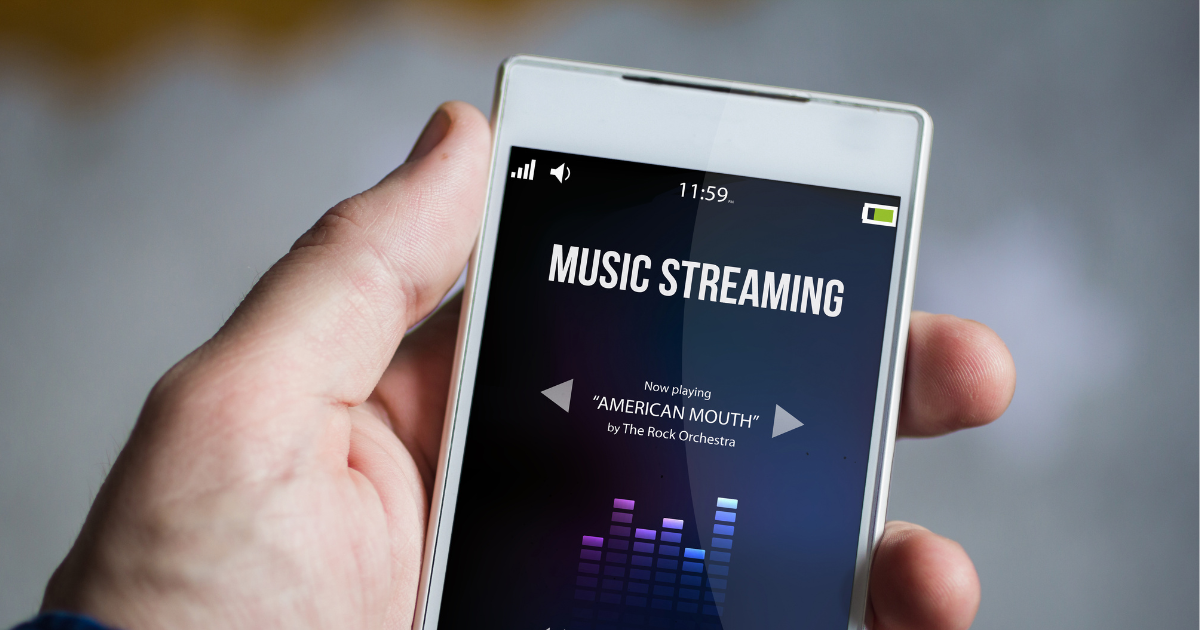The Importance of Retaining AM Frequencies in Modern Communications
Posted by STI-CO® Antenna Solutions on 26th Jun 2023
AM Frequencies: A Vital Part of Our Communication Infrastructure
In the recent article, FCC Commissioner Advocates for Preservation of AM Radio, published on RadioWorld.com, Nathan Simington spoke out on the continued importance of AM radio to public safety. Drawing upon his personal experience of growing up on a farm, he explained that there are many places in the U.S. where cellular communication still needs to be improved, and people rely on AM radio daily.
As experts on antennas for all frequencies and applications, STI-CO® recognizes the significance of conversations surrounding the availability of AM radio to people nationwide.
In this article, our goal is to provide a clear picture of the continued importance of AM radio. We’ll help you with the following:
- Learn the importance of AM radio
- Review its recent decline
- Understand why AM radio matters to public safety
The radio broadcast spectrum ranges widely, with clearly defined segments assigned to particular applications. AM, or amplitude modulation, was one of the earliest forms of radio signals and operates at the low end of the spectrum, 535 kilohertz to 1700 megahertz.
AM radio possesses excellent long-range capabilities, allowing it to travel long distances from its point of transmission while maintaining a strong signal.
Perhaps you’re old enough to remember (or maybe you’ve heard your parents’ stories) of listening to the car radio at night as it pulled in stations from hundreds of miles away. In the pre-internet days, tuning into a remote station would have been exciting.
Both AM and FM signals are broadcast freely, without subscription fees, enabling anyone to receive them. No cellular signal, WiFi, or digital device is necessary.
Why is AM radio on the decline in the digital age? When you think of AM radio, you may associate it with high school football games, agriculture reports, and talk radio shows. However, value in emergencies is immeasurable.
Recent news about electric vehicle manufacturers pushing to remove AM radios from new EV models has raised questions about the role of AM in radio in the digital age.
The potential for increased signal interference is the primary reason EV makers are considering removing the AM radio option. The desire for personalization and enhanced clarity are reasons for the shift away from AM radio.
There is no denying the variety and quality of online, streaming, and digital broadcasts available today. Thanks to modern technology, listeners can customize an endless selection of music, podcasts, and other media to fit their preferences. Additionally, digital delivery of conventional radio channels has become commonplace.
Why does AM radio matter?
As listeners, we’ve grown accustomed to crystal-clear sound in our vehicles and an unlimited variety of programming with digital formats. However, in a catastrophic emergency, digital signals can virtually wipe out in an instant.
During periods of crisis – 9/11, weather disasters, and other emergencies – the internet will not always be available. As a result, the necessary details and instructions for emergency information disseminated digitally cannot reach the population at large.
Suppose you find yourself in a college football stadium and attempt to send pictures from the game or even silly messages to your buddies. In this case, you are likely aware of the delays you can experience when an unusually high number of people access cell service simultaneously.
Now, imagine the implications of delays and signal loss in an emergency situation, especially while traveling by car. These issues can have severe consequences. However, AM radio transmissions are unaffected by these factors and offer broad coverage and powerful signals.
As one STI-CO® engineer explains, “If you’re ever driving on the interstate to see if there’s an emergency, all you have to do is tune your radio to an am station. In moments, you will find weather events or traffic information about what’s ahead of you.” Through its role in the Emergency Alert System, AM radio consistently demonstrates its reliability in times of crisis or disaster, providing crucial details and essential instructions.
What does AM radio mean to public safety?
If AM radio were to become unavailable, it would eliminate a valuable and efficient means of communication with a wide population. AM radio has the capability of delivering comprehensive information during critical times of need, especially considering that radio signals continue uninterrupted during a power outage or disaster that may disrupt cellular coverage.
In remote areas, AM radio often serves as the only viable option, delivering important day-to-day weather updates that help farmers and protect individuals residing in tornado-prone regions.
As communities determine the future of their critical communication systems, it is crucial to include the preservation of access to AM radio in their plan.
Summary
Remember that in times of emergency or remote locations, having access to non-digital communication frequencies continues to remain important for the safety of everyone. And for ensuring all people have access to critical emergency information and instructions. As experts on antennas for all frequencies and applications, STI-CO® recognizes the significance of conversations today on the importance of AM radio being readily available to people throughout the nation.
Are you interested in learning more about STI-CO® antenna frequency capabilities? Please get in touch with the STI-CO® support team at 866-307-8426, email sales@sti-co.com, or visit www.sti-co.com.


